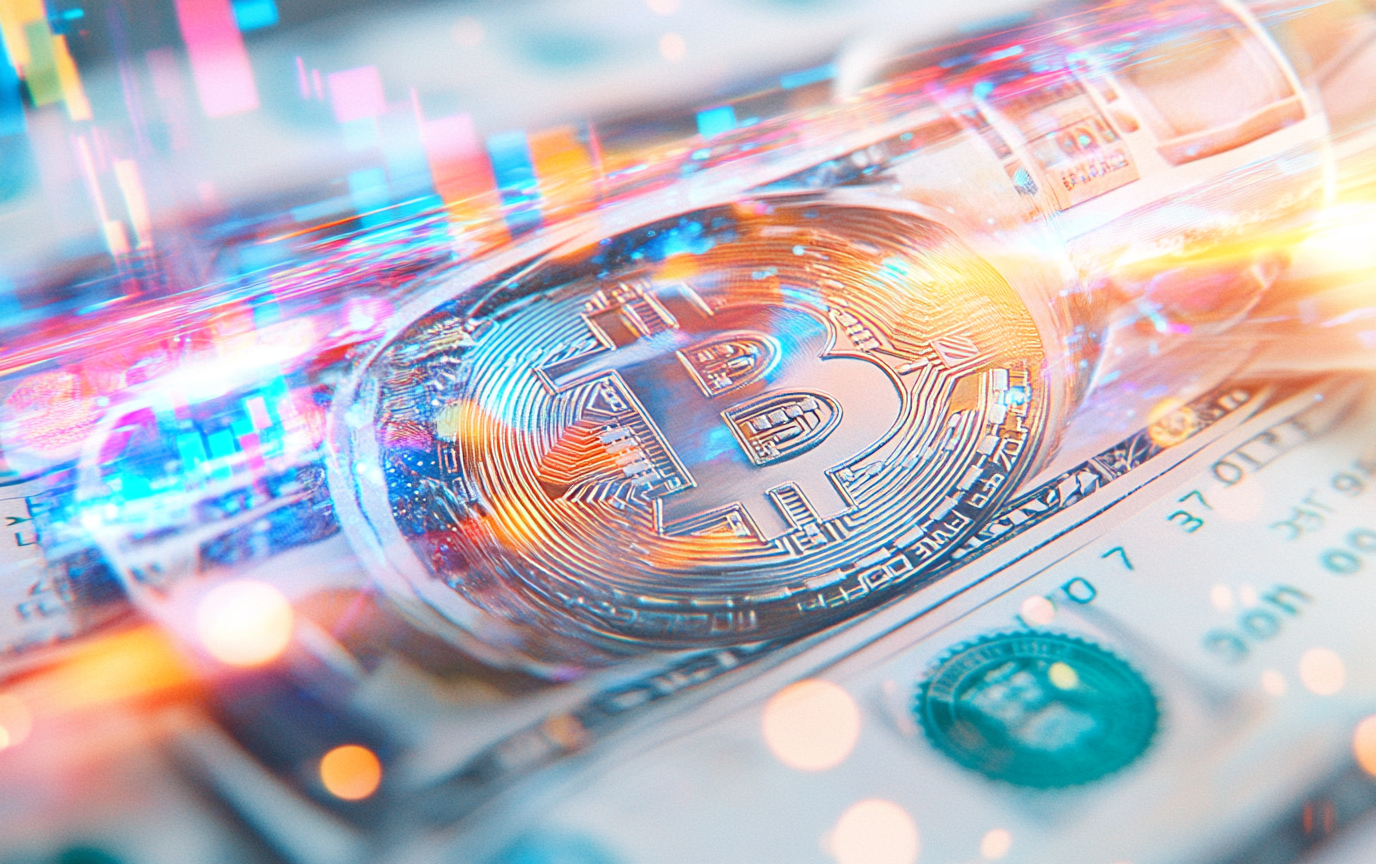As we move further into 2025, global cryptocurrency regulations are evolving, shaping the landscape of digital assets for both users and businesses. In this article, we will take a closer look at how these regulations are progressing, the key trends, and what they mean for the future of crypto.
1. Clearer Regulatory Frameworks
2025 will see the development of clearer and more structured regulatory frameworks for cryptocurrency, which is crucial for fostering trust and safety in the digital asset space. Governments worldwide, including the EU and US, are tightening their regulations to ensure compliance and security. One significant step forward is MiCA in Europe, which will help regulate stablecoins, crypto exchanges, and DeFi platforms, creating a safer environment for businesses and users.
These regulations are designed to prevent fraud, money laundering, and other illegal activities and provide legal clarity to businesses operating in the space.
2. Focus on Stablecoin Regulation
Stablecoins have been a focal point for regulatory bodies due to their growing influence in the crypto market. As the adoption of stablecoins continues to rise, clearer regulations are necessary to prevent misuse and ensure that solid financial reserves back these digital assets. In 2025, stablecoin issuers will be required to meet stringent transparency, auditing, and reserve backing requirements. This will provide greater security for users and businesses, ensuring stablecoins remain reliable for everyday transactions.
3. The Rise of DeFi Regulations
DeFi is another area gaining regulatory attention. With its increasing popularity, governments are working on frameworks to ensure that DeFi platforms are safe and operate transparently. However, the challenge remains in regulating decentralized systems where no single entity has control. As regulations for DeFi continue to evolve in 2025, we expect more emphasis on AML and KYC requirements to ensure that DeFi platforms adhere to global standards while preserving the decentralized nature of the ecosystem.
4. Central Bank Digital Currencies
The rise of CBDCs will significantly impact global crypto regulations in 2025. Many countries are exploring or implementing digital currencies issued by central banks. These digital currencies will likely coexist with cryptocurrencies, and their introduction will require regulatory adjustments to manage how they interact with existing digital assets. CBDCs offer potential benefits, such as financial inclusion and more efficient cross-border payments, but their impact on existing cryptocurrencies remains uncertain.
5. International Coordination for Crypto Regulations
A significant challenge for global crypto regulation remains the lack of coordination between different jurisdictions. While countries like Switzerland and Singapore have adopted crypto-friendly regulations, others are still lagging. 2025 may see more international efforts to align crypto regulations, with organizations like the FATF working toward a unified global standard. This will help reduce the confusion and risks global crypto users and businesses face.
Conclusion
The future of global cryptocurrency regulation in 2025 is set to bring greater clarity, security, and stability to the market. As governments work on implementing more comprehensive regulations, the crypto industry will mature, making it safer for both users and businesses. These regulations will help increase mainstream crypto adoption, opening up new opportunities while protecting users from fraud and misuse.
At Coinsdrom, we are committed to providing a secure and user-friendly platform for buying and selling crypto. As the regulatory landscape evolves, we will ensure that our users have a safe environment for all their digital asset transactions.
Stay informed, stay secure, and join us as we navigate the future of cryptocurrency together!
Cryptocurrency regulations are shaping the future.
Stay informed and start trading securely with Coinsdrom today.





